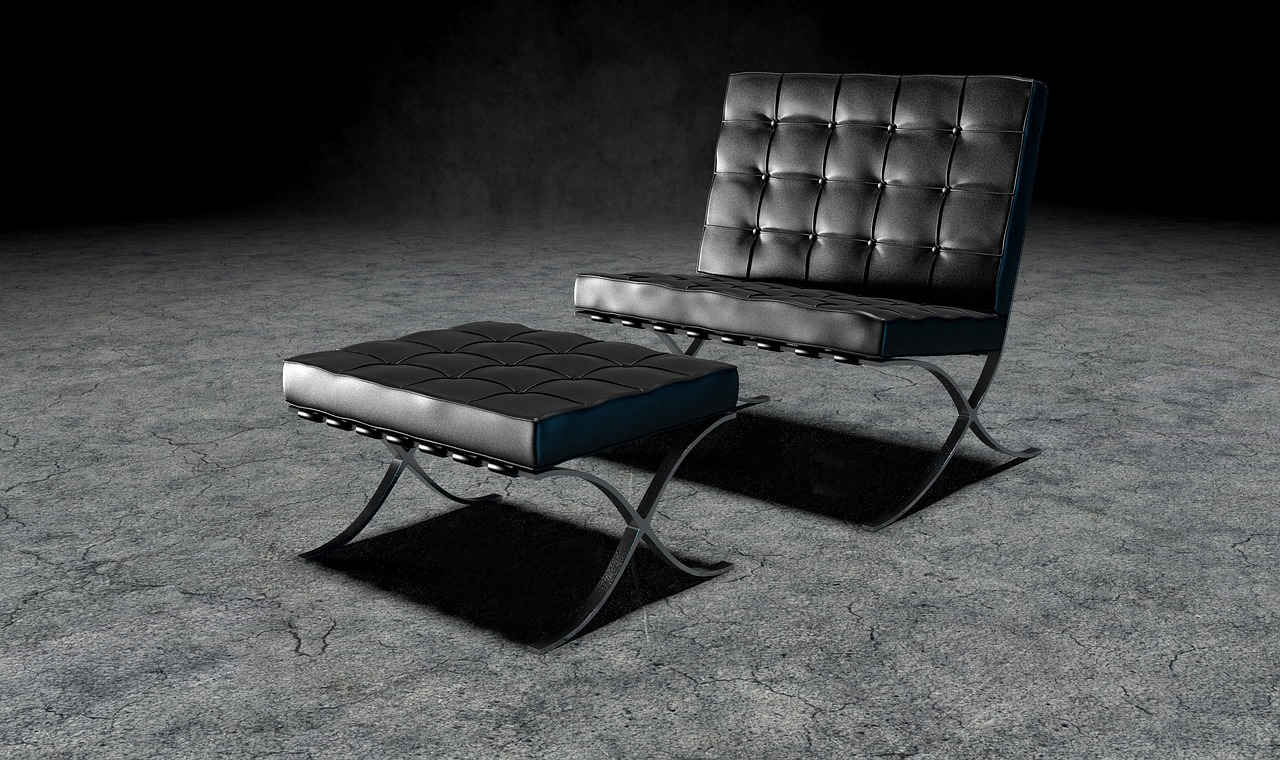How to Make Your Home More Accessible for Seniors
As individuals age or experience mobility challenges, it becomes increasingly important to make necessary adaptations to their living spaces. One effective way to enhance safety and accessibility within the home is by optimizing the layout to accommodate specific needs. This may involve rearranging furniture to create wider pathways for easier navigation or removing obstacles that hinder movement throughout the house.
Additionally, consider adjusting the height of countertops, cabinets, and shelves to promote independence and reduce the risk of falls. Lowering or raising these items to a more suitable level can make daily tasks more manageable for those with limited mobility, allowing them to maintain a sense of autonomy within their own living environment. By making thoughtful adjustments to the layout of your home, you can create a more functional and supportive space for yourself or your loved ones.
Installing Grab Bars and Handrails
Grab bars and handrails are essential features that can greatly enhance the safety and accessibility of any home, especially for individuals with limited mobility or disabilities. These fixtures provide much-needed support and stability in high-risk areas such as bathrooms, stairways, and hallways. By installing grab bars and handrails strategically throughout your home, you can create a more secure environment that promotes independence and confidence for yourself or your loved ones.
When it comes to installing grab bars and handrails, it is crucial to consider the specific needs and preferences of the individuals who will be using them. Placement is key, and it is important to install these fixtures at the correct height and angle to ensure optimal support and usability. Additionally, selecting the right materials and finishes for grab bars and handrails can not only enhance the functionality of these elements but also complement the overall design aesthetic of your home.
Why should I install grab bars and handrails in my home?
Grab bars and handrails provide added support and stability, especially for those with limited mobility, seniors, and individuals with disabilities. They can help prevent accidents and injuries in the bathroom, stairways, and other areas of the home.
How do I know where to install grab bars and handrails in my home?
It is important to assess the specific needs of each individual and determine the areas where additional support is required. Common areas for installation include near toilets, showers, and stairways.
Can I install grab bars and handrails myself?
While some individuals with DIY experience may be able to install grab bars and handrails themselves, it is recommended to hire a professional to ensure proper installation and safety.
What are the benefits of adapting the layout of my home to accommodate grab bars and handrails?
Adapting the layout of your home to include grab bars and handrails can improve accessibility and safety for all residents, making it easier to navigate and reducing the risk of falls and accidents.
Are there specific guidelines or regulations for installing grab bars and handrails?
Yes, there are specific guidelines and regulations for the installation of grab bars and handrails, including height requirements, weight capacity, and placement considerations. It is important to consult with a professional to ensure compliance with these standards.





